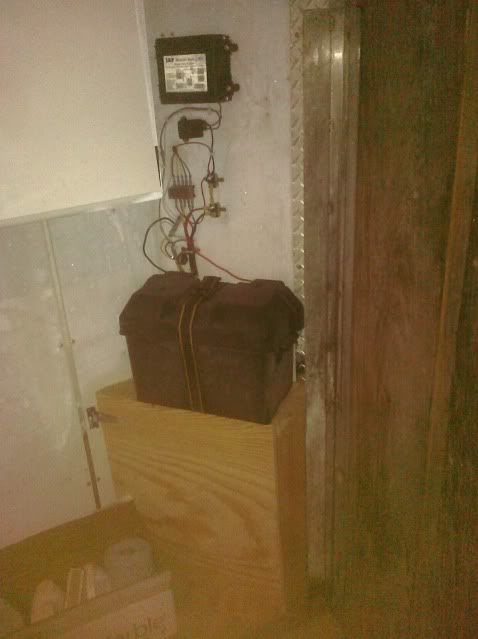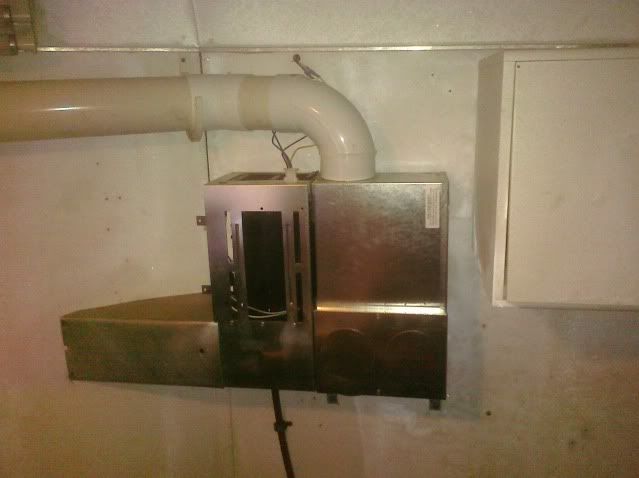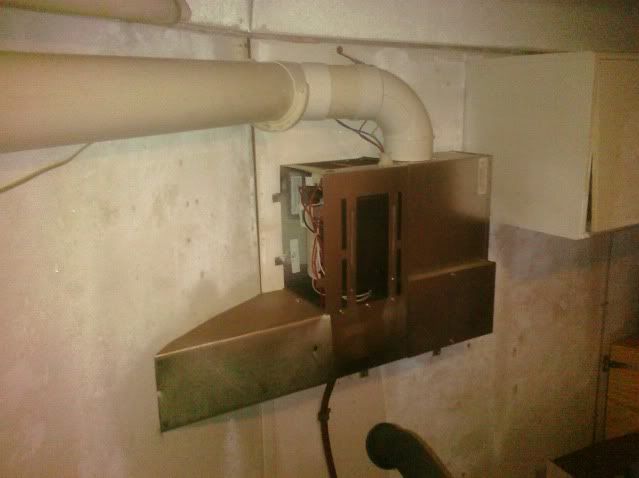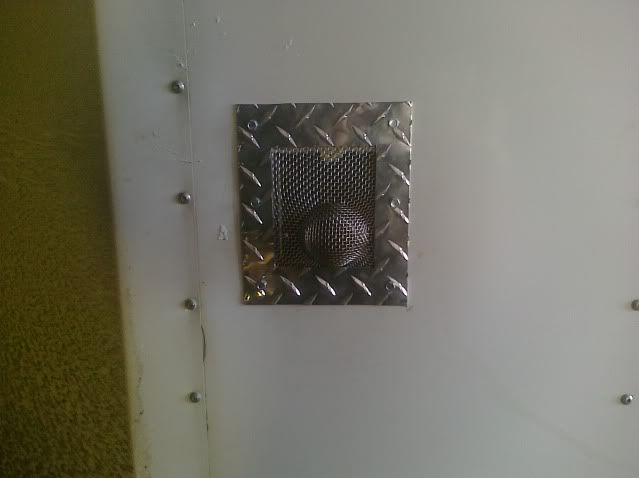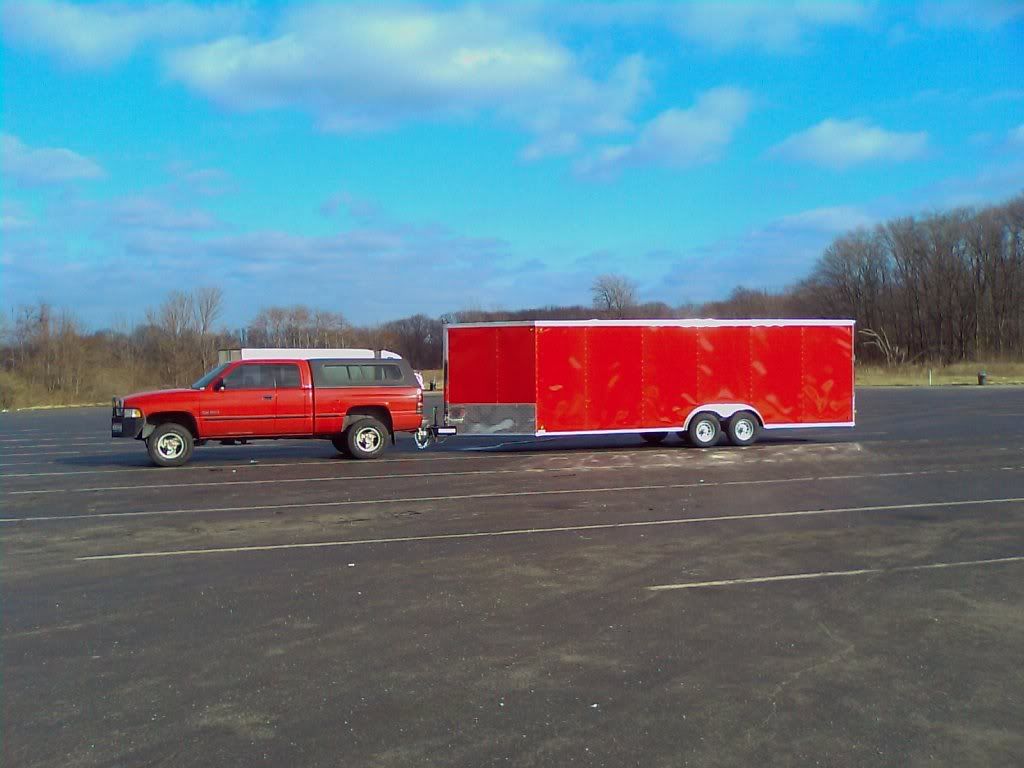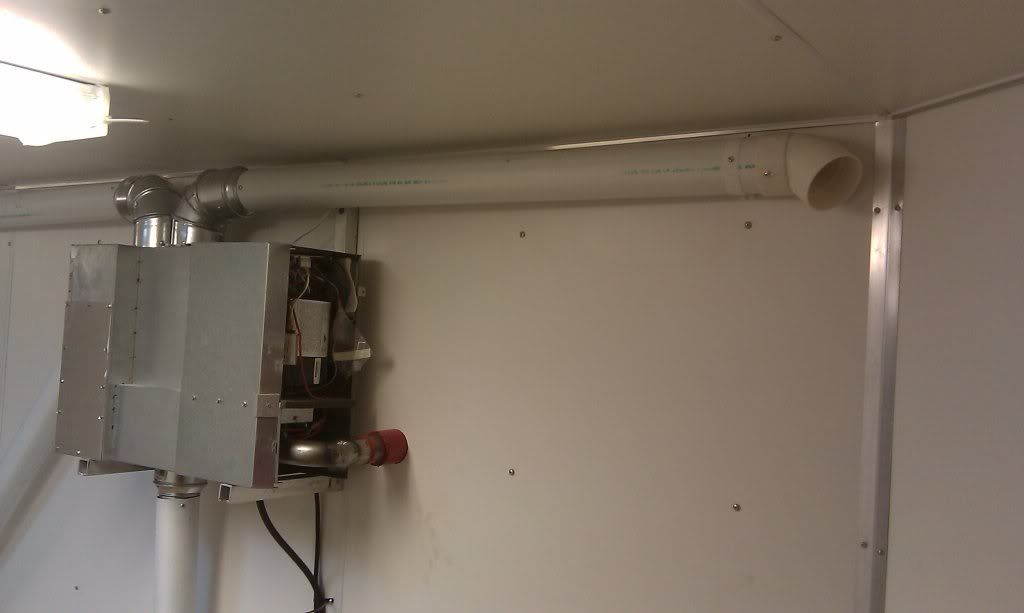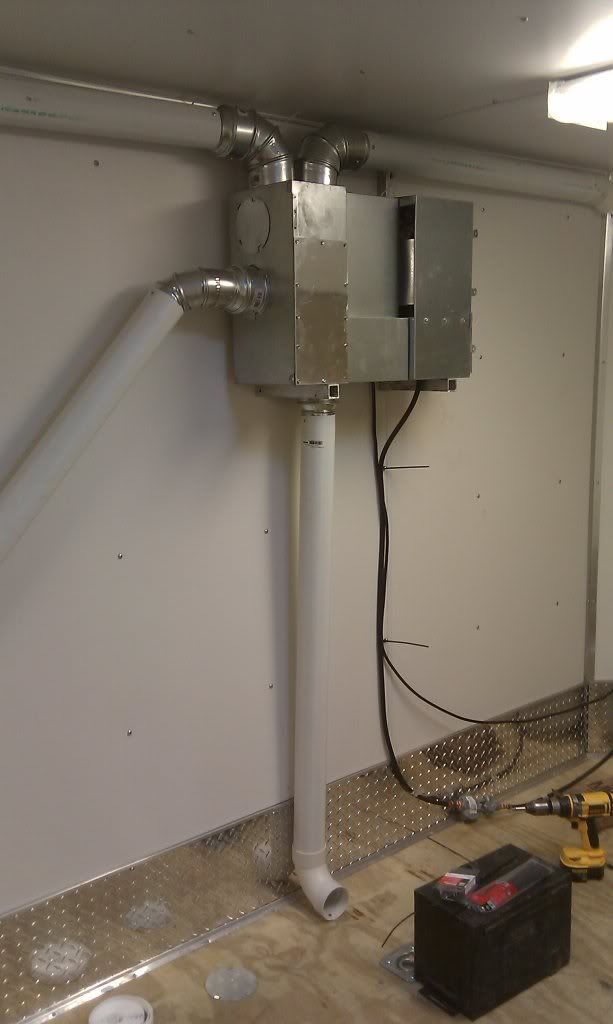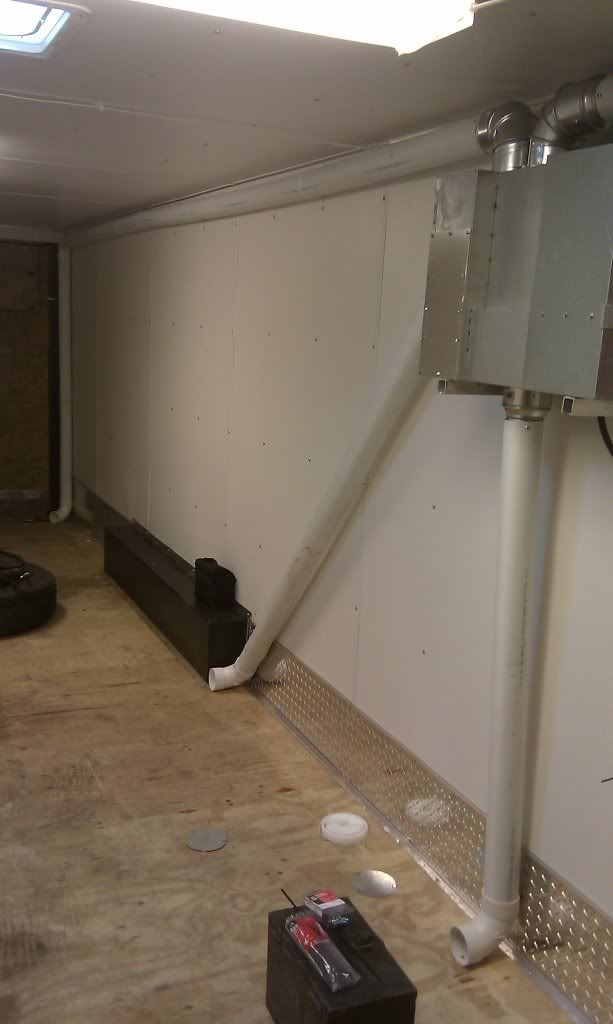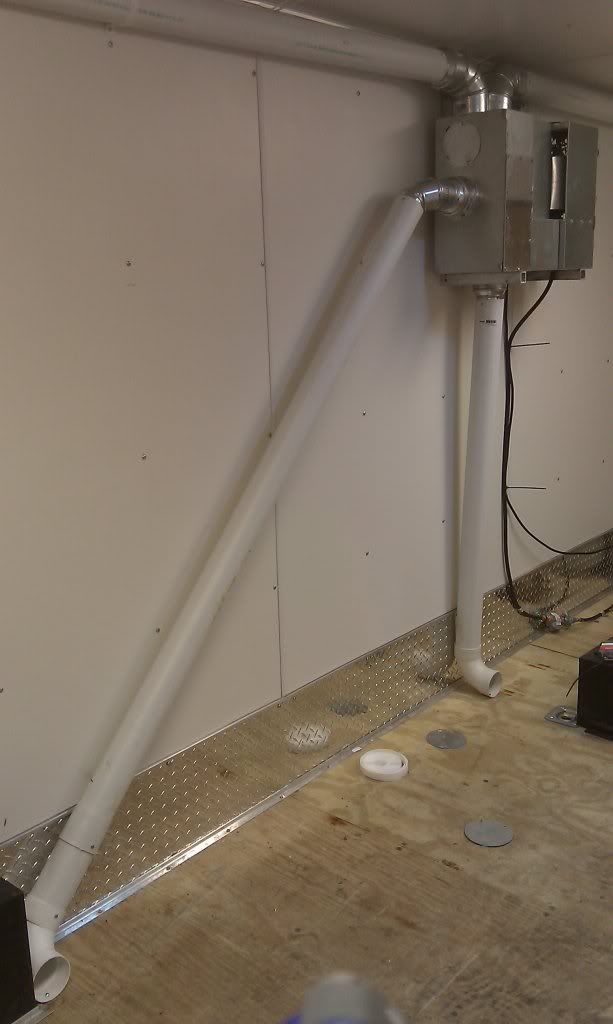What robertyoke ^^^ just said about the furnace mounting.
I spend the better part of 15 years working on RVs.
If it's a typical RV heater (Atwood or suburban or the like) you should only have to cut a couple of small holes for the exhaust vent, the rest is accessed from inside.
Mounting the tank inside isn't a total no-no. The regulator is not supposed to bleed off. If it does, 1) you will smell the ethyl-mercaptan -the stinky additive they put in propane(
http://en.wikipedia.org/wiki/Ethanethiol)- before the gas level reaches the LEL (lower explosive limit) and 2) the regulator has failed and should be replaced. It's a pressure regulator, not a blow-off valve. LP gas is heavier than air, so you can always buy a LP detector and put that on the wall, down low. CO (carbon monoxide) is equal or lighter than air, so, if you buy one of those, I'd put that close to the potential CO source (your furnace). Always check your fittings for leaks! (soapy water in a squirt bottle works great)
That being said, I'd still recommend that you find a ASME tank (the frame mount horizontal units) and put that on the frame, outside. While you're at it, plumb a "T" off, with a shut-off valve so you can have quick disconnect outside for a little travel BBQ, it's a nice feature, and you'll be glad you did. You could even mount an LP/12v fridge to keep the beverages cold!

There is no reason you can't mount your furnace high either. Build a frame out of aluminum angle, that will support the weight of the furnace (I'd suggest putting some pipe foam on the outside corners cuz' you will hit your head at some point.

You can use flexible ducting and aluminum ducting tape if you want to direct the airflow, but in an open space like a sled trailer box, you really don't need ducting, unless you are building a glove/boot/helmet dryer, or want to aim air at your clothes rack to dry your gear. If you want to do that, you can use ABS pipe, but the ABS glue can get hot enough that it will let the fittings slip, so just use some high temp silicone and a screw on each fitting. Make sure you support your new pipe structure well though.
Hope that helps,
PE


